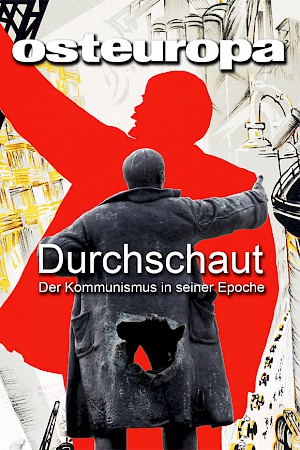Communism in Its Age
An Attempt to Localise Its Place in History
Deutsche Fassung
Abstract
Three great waves of seizing power and founding states mark communism’s basic history. At the zenith of its expansion in 1980, one-third of humanity lived in communist political orders. They differed enormously in terms of history, socio-economics, and politics. This disparity makes it difficult to explain the rise and dynamics of communism coherently. What distinguishes communist parties and political orders from all other historically known systems is their “totalitarian” character. They aimed at the entirety of all social relations and resorted to a form of terror that was not only directed against society, but at the same time assumed “auto-terrorist” traits. This distinguishes communist regimes from fascist ones. The terrorist fury cannot be derived from the ideas in the classics of Marxism nor explained by the character of political leaders. The sources of this compulsive totali-sation and the terrorist auto-destruction of communist regimes can be derived only from the intrinsic conditions of each of these systems of organising society and wielding power.
(Osteuropa 5-6/2013, pp. 9–38)



